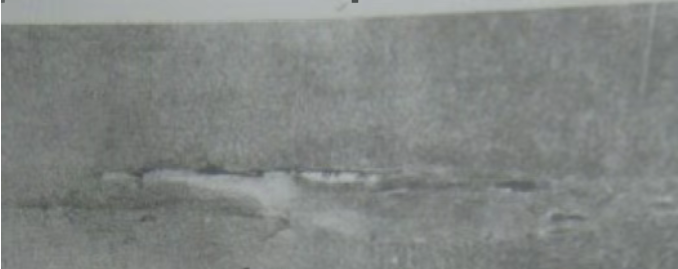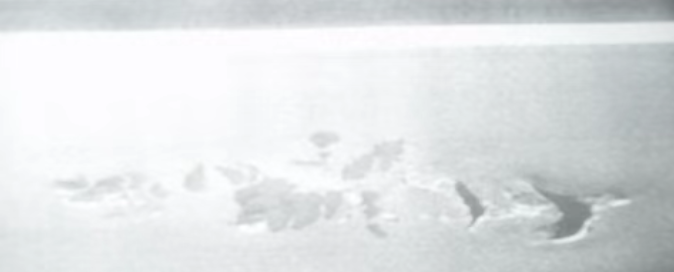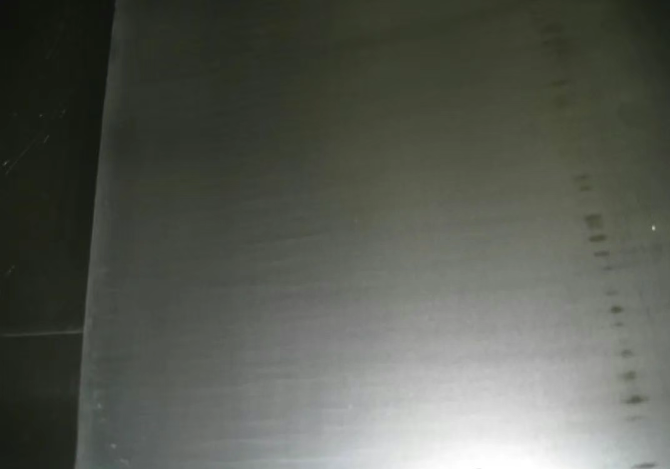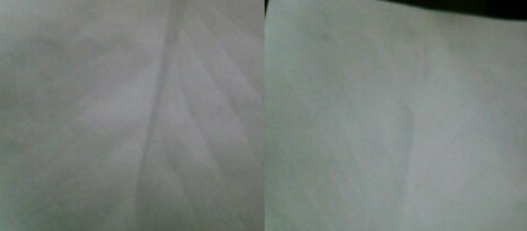
1 Common quality defects and their causes
1.1The limitation of the temperature of the steel strip
The temperature of the steel strip during flattening has a significant impact on the mechanical properties and plate shape of the steel strip after flattening. Therefore, it is required that the steel coil be fully cooled before flattening. The reproduction of the yield platform of the steel strip is not only related to the elongation rate, but also to the leveling temperature and leveling speed. When the temperature of the steel strip is higher than 40℃ and it is leveled, its aging stability is greatly reduced compared with that at room temperature (except for aluminum-killed steel, etc.). The temperature limit of the steel strip before flattening varies by steel type. Generally, the temperature of the steel coil on the machine is controlled at 40℃, and the maximum should not exceed 70℃. Otherwise, it is very likely to cause wavy and ladled defects, and it can also accelerate the aging of the steel strip. In addition, when the temperature is high, the metal molecules are more active. When the steel strip is subjected to tensile force, it is very easy to jump from the elastic zone to the plastic zone, thus generating sliding lines on the surface of the steel strip and causing the appearance of transverse folding marks. Therefore, the temperature of the steel coil before flattening should be limited to below 45℃.
1.2 Surface Interlayer
The shape is irregular, with sheet-like folding and accompanied by non-metallic inclusions. The shape and size of the surface inclusions vary greatly. The metal in the interlayer has an irregular peripheral shape and is stripped from the body by non-metallic inclusions, oxides or iron oxide scale, etc. Cause: It is caused by non-metallic inclusions in the continuous casting process. It initially exists under the skin and is exposed to the outside after processing. It can also be induced by the mold or by cleaning surface defects.

1.3 Hole
Hole: It is a defect that is discontinuous in the material and runs through the upper and lower surfaces of the steel strip. Cause: Material tearing creates voids. During the rolling process, the cross-section of the steel strip is locally loose, and the stress at this location exceeds the deformation limit of the material. The thinner the steel strip is, the more obvious the phenomenon will be.

1.4 Iron oxide scale injection
This defect is caused by the iron oxide scale that is pressed into the surface during hot rolling. The iron oxide scale can be removed during the pickling process, but the remaining marks cannot be completely eliminated during cold rolling. The appearance of this defect may include pockmarks, line marks or large areas of indentations. Cause: The injection of iron oxide scale is due to insufficient high-pressure water pressure during hot rolling for phosphorus removal, which causes the iron oxide scale to be rolled into the steel strip.

1.5 Scratches
Causes: A. The speeds of various guide rollers are different from those of the steel strip. B. Abnormal contact between the steel strip and auxiliary equipment. C. Foreign objects adhering to the production line equipment, etc
1.6 Roller Printing
Periodic point-like protrusions on the surface of the steel strip. Cause: It is caused by indentations on the work rolls during cold rolling or flattening. The main feature is that they appear periodically along the length direction, which coincides with the circumference of the working roller. The diameter of the working rolls of the flattening machine is 340-380mm, and that of the rolling mill is 245-270mm.
1.7 Vibration Marks
The characteristic of vibration marks is the generation of thickness fluctuations. It is caused by resonance of the frame or vibration marks on the surface of the rolls, mainly due to resonance of the grinding machine, etc.
Current solution: Replace the roller. Mainly control the LED material

1.8 Oxidizing Color
Annealed edge oxidation/tempering color: It occurs on cold-rolled coil after bell annealing, characterized by the formation of S-shaped series of colored or grayish-black marks on the edge of the coil. Under continuous annealing conditions, the discoloration marks will be evenly distributed over the entire surface of the steel strip. Cause: The tempering color is caused by the oxidation or reduction of iron or manganese. If there is oxygen in the protective gas, the edge of the steel strip will be oxidized. This is caused by gas leakage inside the protective cover or on the transportation line, or it may be due to the protective cover being opened too early after annealing. Depending on the different temperatures of the annealed parts, annealing marks may occur on the edge surface of the steel strip, and even iron oxide scale may form. At a certain temperature, if the ratio of CO to CO2 is not appropriate, the carbon in the protective gas will deposit on the steel strip. Combustion residues or oil and gas can also cause oxidation at the edges.
1.9 Horizontal folding printing
Horizontal imprints at right angles to the rolling direction may run through the width or only at the edge, and their shapes may be regular or irregular. Cause: The reason for the formation of horizontal folding marks is similar to that of the lagogo pattern. When unrolling, local yield occurs along the unrolling direction. Transverse creases are most likely to occur under conditions of high elongation and low yield strength.
Specific example: The first-phase flat machine
The fundamental cause of creases is the reverse bending of the steel strip before flattening. The points where reverse bending occurs: Firstly, when the annealed bonded coil is uncoiled, the local tension is concentrated. When the normal tension is too large, it causes the steel strip to bend in the reverse direction during the uncoiling process. Secondly, when the steel strip with a thickness of ≥0.8mm passes through the S roller at the entrance, reverse bending will also occur. Thirdly, when the lifting height of the anti-wrinkle roller is greater than the height of the rolling line, the steel strip and the leveling work roller form a reverse bend.
Solution: 1. Increase the rolling force. 2. Reduce the possibility of reverse bending

1.10 Feather pattern/Smooth pattern
The line marks that appear during the flattening process are in a feather-like pattern. It can occupy a local area or fill the entire bandwidth. Cause: Due to the non-extension of the steel strip in the roller gap.
